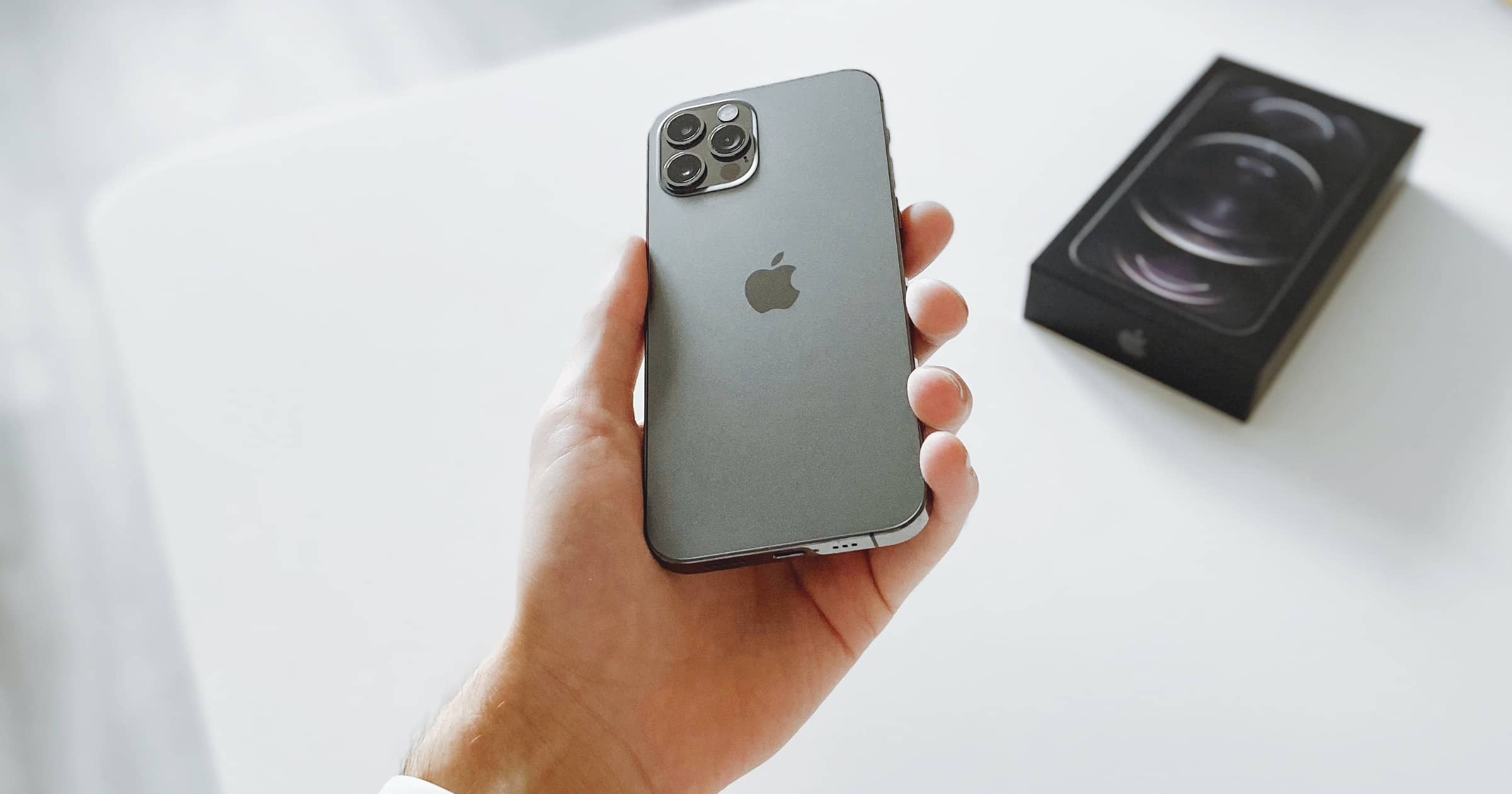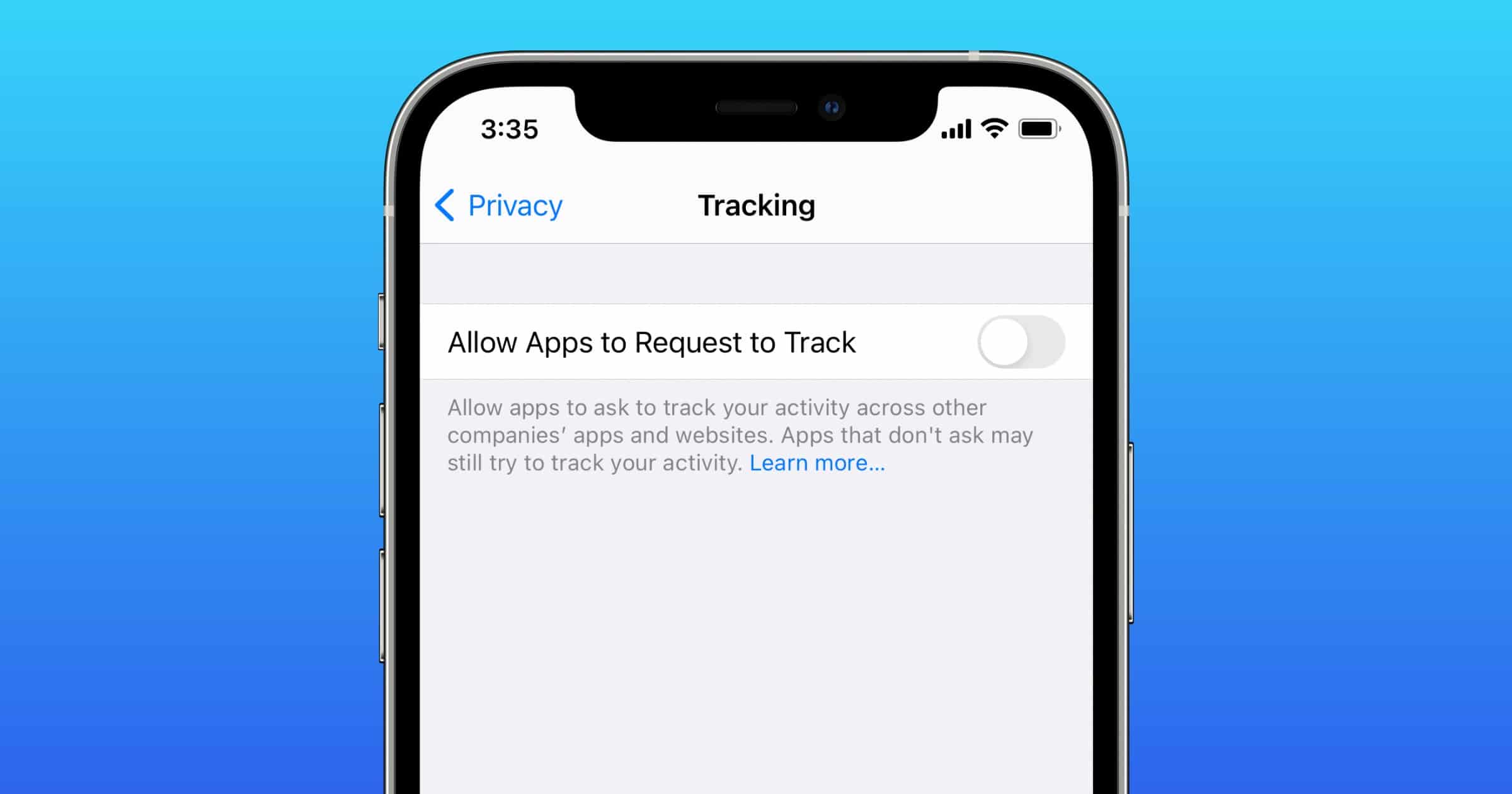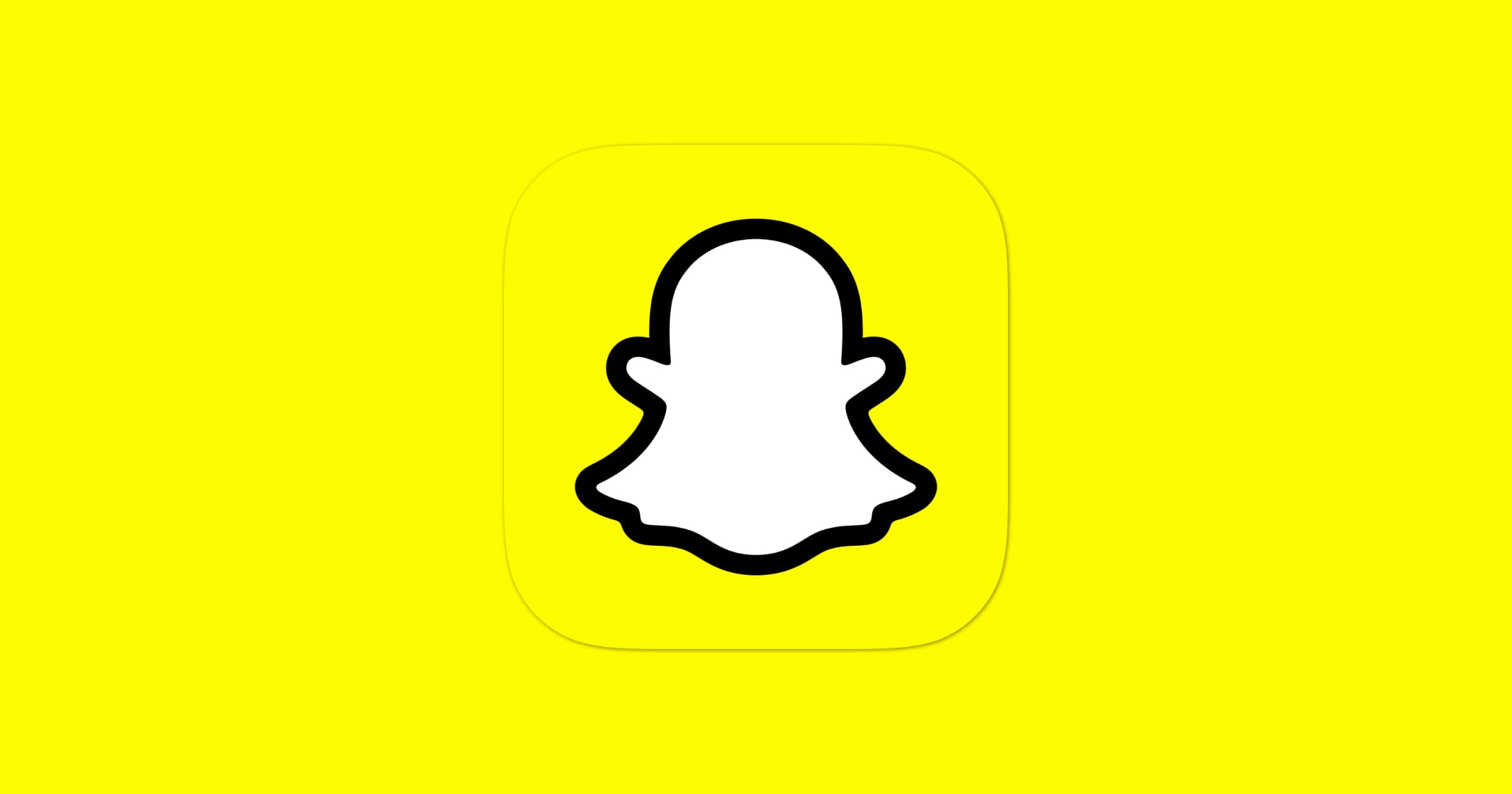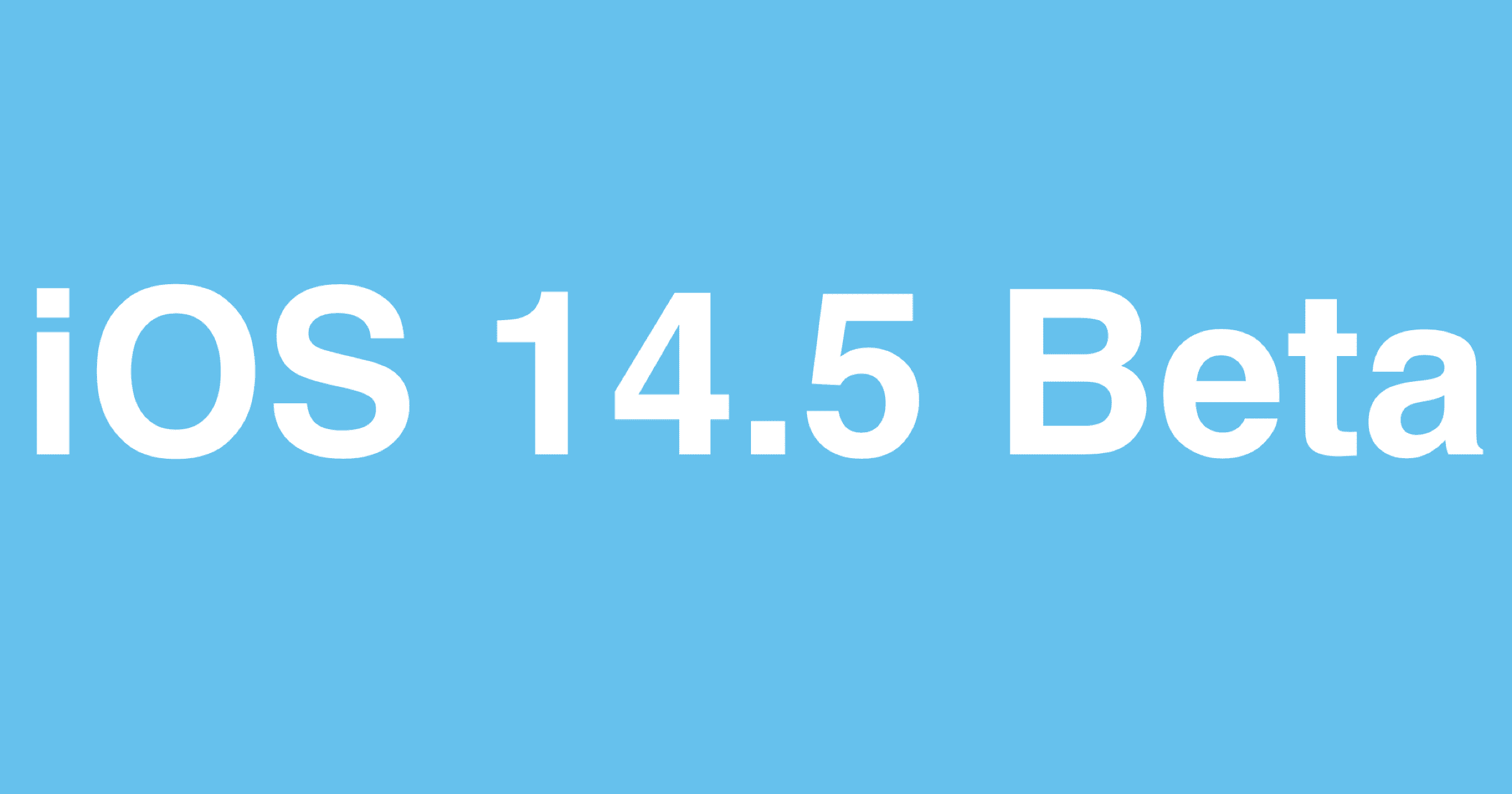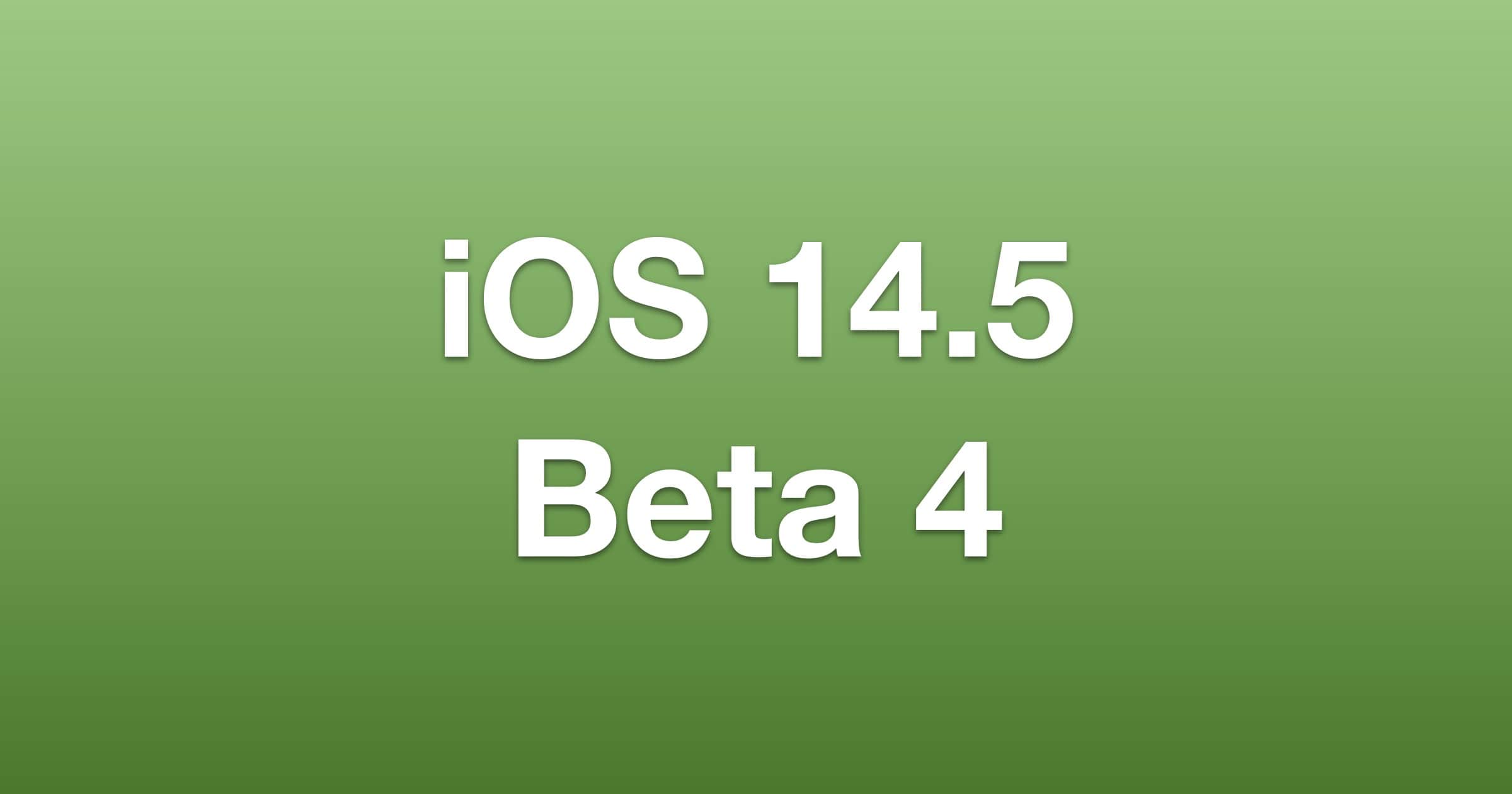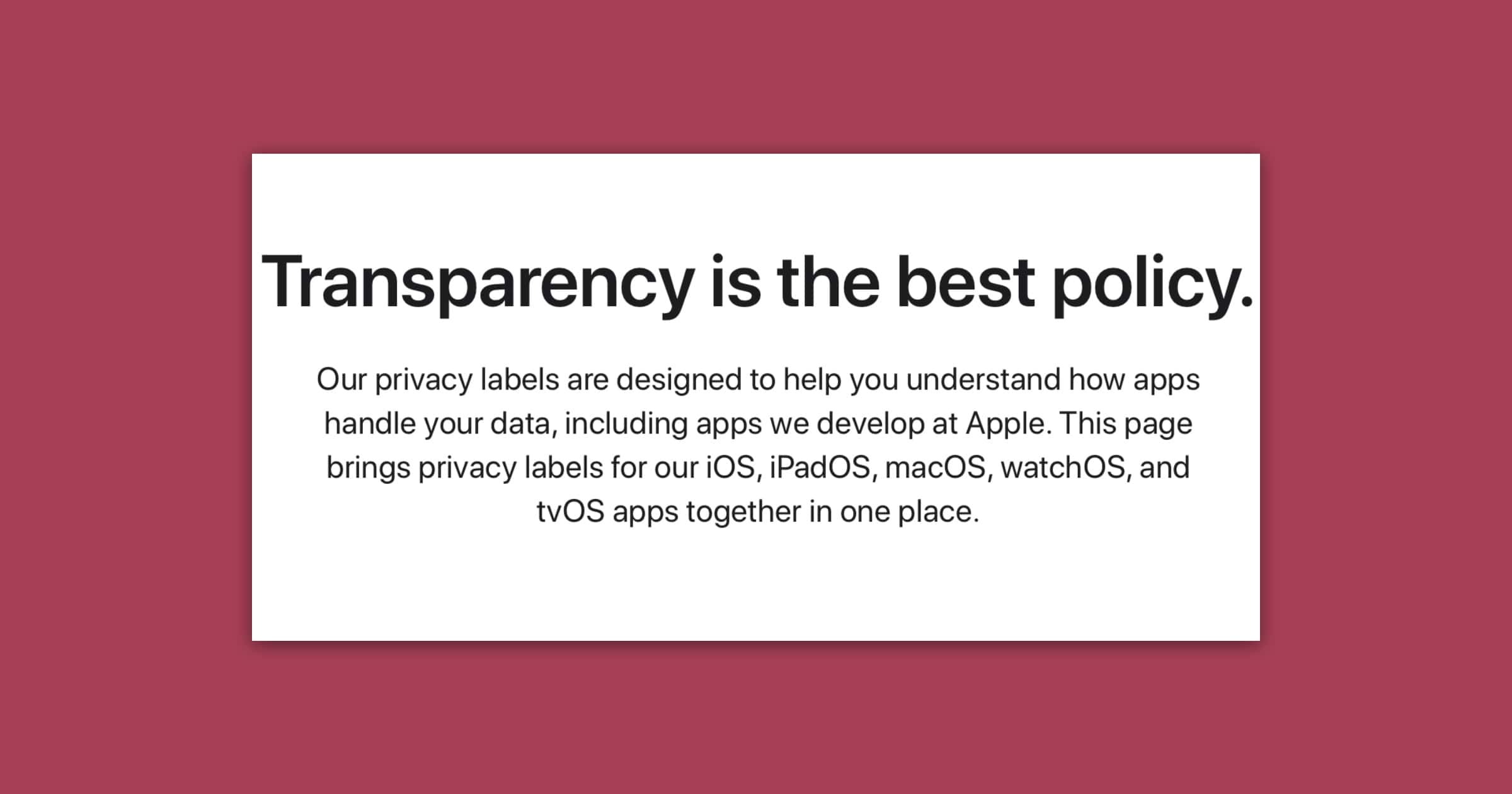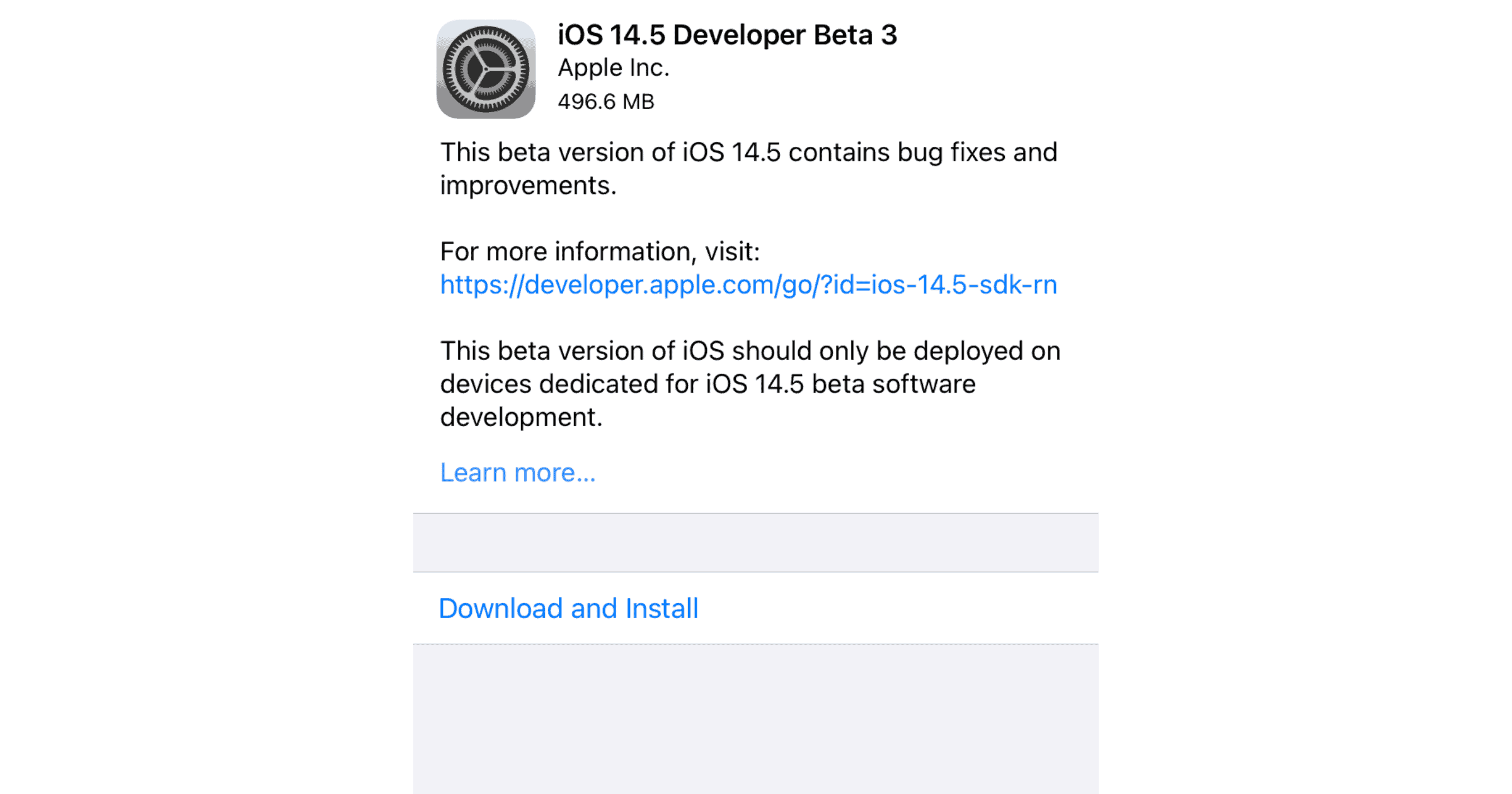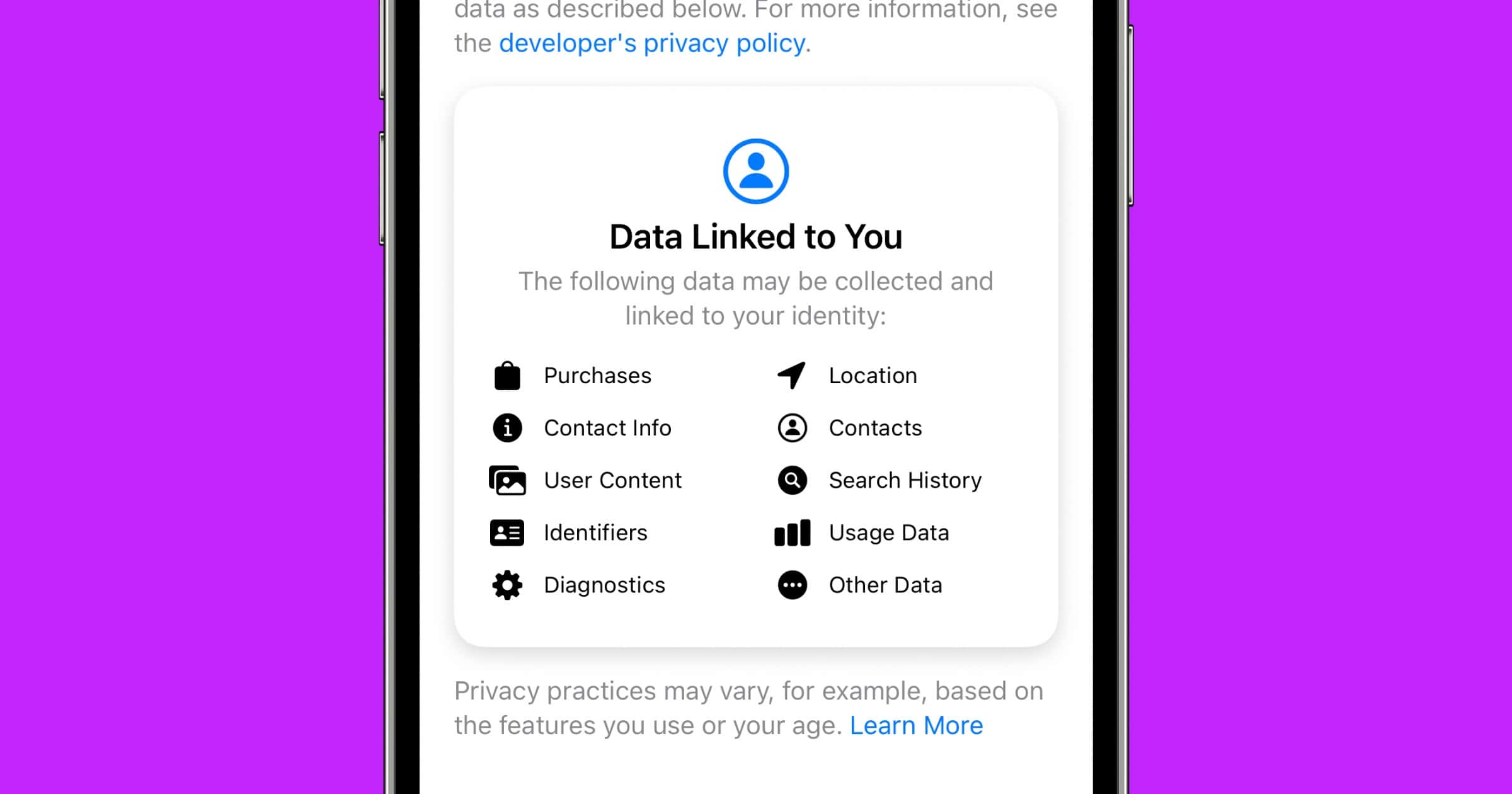Pandora’s latest app update this week has launched a brand new Home Screen widget for iOS | iPadOS 14.
iOS 14
Apple OS Updates Galore – TMO Daily Observations 2021-04-28
Charlotte Henry and Bryan Chaffin join host Kelly Guimont to discuss the latest updates to iOS, macOS, watchOS, and what new things to expect.
iOS 14.5: Here’s How to Start Blocking App Trackers
Apple released iOS 14.5 on Monday and one of the major features it introduces is App Tracking Transparency. Here’s how it works.
A Long Awaited Update, Searchin Safari – TMO Daily Observations 2021-04-26
Charlotte Henry joins host Kelly Guimont to discuss the actual for real this time iOS 14.5 update, better searching in Safari, and more.
[Updated] iOS 14.5, iPad OS 14.5 and Watch OS 7.4 Out Now
iOS 14.5 is out and includes unlocking iPhone with Apple Watch while wearing a face mask, more Siri voices, and App Tracking Transparency.
iOS 14.5, iPadOS 14.5, and macOS Big Sur 11.3. watchOS 7.4 and tvOS 14.5 Available 'Next Week'
iOS 14.5, iPadOS 14.5, and macOS 11.3, watchOS 7.4 and tvOS 14.5 will all land “next week,” according to an Apple press release.
What iOS Changes (Might) Mean for the Advertising Industry — Media+
Adweek’s Andrew Blustein joins Charlotte Henry to look at the dramatic impact the introduction of Ad Tracking Transparency (ATT) by Apple could have on the advertising industry.
How Advertisers are Reacting to iOS 14.5 App Tracking Transparency
The release of iOS 14.5 is right around the corner and with it comes a feature known as App Tracking Transparency. How are advertisers reacting?
Ad Industry Waiting to See What App Tracking Transparency Fallout is
The advertising industry is waiting with bated breath for the arrival of Apple’s App Tracking Transparency. The feature will arrive in iOS 14.5 and make sure users are asked they want to be tracked across other apps and websites. AdWeek’s Andrew Blustein looked at what the fallout might be (Apple News link).
The median opt-in rate so far is 32%, according to an analysis of 300 apps across 2,000 devices from AppsFlyer, a mobile marketing and attribution company. The analysis found that apps with higher consumer affinity saw higher opt-in rates, hovering around 40%. It remains to be seen whether those opt-in rates will stay consistent when ATT roles out widely. Dating app Bumble said in its S-1 filing that it expects opt-in rates to be between 0-20%. Demonstrating the breadth of the identifier, Trade Desk said that 10% of the 12 million ad opportunities per second on its platform are tied to an IDFA. If opt-out rates are high and IDFAs do become scarce, app developers and publishers should expect to see a 50% decline of in-app CPMs, said Joe Root, co-founder of Permutive, a publisher-focused data management platform. This mirrors the impact media owners saw when Apple introduced ITP, he said.
Snapchat Finds a Workaround for iOS 14 App Tracking Transparency
A report says that Snap Inc has developed a workaround for iOS 14’s App Tracking Transparency feature.
Apple Starts Blocking Apps That Use ‘Adjust SDK’ for Tracking
A new report says that Apple has been rejecting updates for certain apps, and the cause may be the use of an SDK from Adjust.
Apple Moves to Unblock Asian Content in iOS 14.5
Apple is moving to unblock Asian content in iOS 14.5 after a series of news reports noticed something weird going on.
Scooter-Sharing Service ‘Lime’ Adds iOS 14 App Clips
Lime’s business involves renting out electric scooters and bikes for people, and the company updated its app to add iOS 14 App Clips.
iOS 14 Isn’t Safe From Forensic Extraction Technology
Elcomsoft has announced an update to its iOS Forensic Toolkit, with version 7.0 working on iPhone 12 models and iOS 14 through iOS 14.3.
iOS Could Soon Separate Security Updates and Software Updates
Apple recently released the fourth beta of iOS 14.5 to developers, and code suggests that updates to the platform could change in the future.
pCloud Releases Report on Invasive iOS Apps and Facebook Wins
Cloud provider pCloud released a report of the most invasive apps on iOS. No surprise but apps from Facebook are the worst.
iPadOS 14.5, iOS 14.5 Beta 4 Released to Developers
Apple seeded beta 4 for iOS 14.5 and iPadOS 14.5 on Monday for developers, a couple of weeks after beta 3.
Apple’s New Page Shares Privacy Labels for its Apps
Apple recently created a new webpage that lists all of its apps from A to X and shares information on its privacy labels in accordance with iOS 14.
iOS 14.5 and iPadOS 14.5 Public And Dev Beta Three Now Out
Both the public and developer betas of iOS 14.5 and iPad OS 14.5 are now available to those enrolled in the respective programs.
Picture-in-picture Back in Hulu on iOS 14
Picture-in-picture has returned for Hulu users running iOS 14, MacRumors reported. The feature had been available for a short period before but was then removed for updadtes.
In the early days of iOS 14 in September, Hulu briefly supported picture-in-picture for iPhone users. Hulu soon removed support, however, to refine the feature and “work on a few updates to provide the best experience for our viewers.” Hulu has quietly welcomed back support with the latest update to the app, alongside the typical bug fixes and improvements. Apple introduced picture-in-picture for the iPhone with iOS 14, allowing users to continue watching a video while also browsing other apps on their device. Popular video-based apps such as Netflix have supported the feature for some time, while others like YouTube for iOS have not.
iOS 14.3 Jailbreak Released This Weekend by Unc0ver
Over the weekend the Unc0ver team released a new jailbreak that works from iOS 11 to iOS 14.3.
AdGuard: Apple’s Private Click Measurement Isn’t Transparent
AdGuard published a piece on Monday examining Apple’s new technology coming to iOS 14.5 called Private Click Measurement.
Google Adds App Privacy Labels to Gmail
This week Google has finally made progress in adding App Store privacy labels to its apps. Gmail is the second app to get a label.
Epic/Apple Slapfight Escalation, Important Emoji Updates – TMO Daily Observations 2021-02-18
Charlotte Henry joins host Kelly Guimont to discuss the latest chapter of the (Apple v) Epic Saga, with a preview of some new iOS emoji.
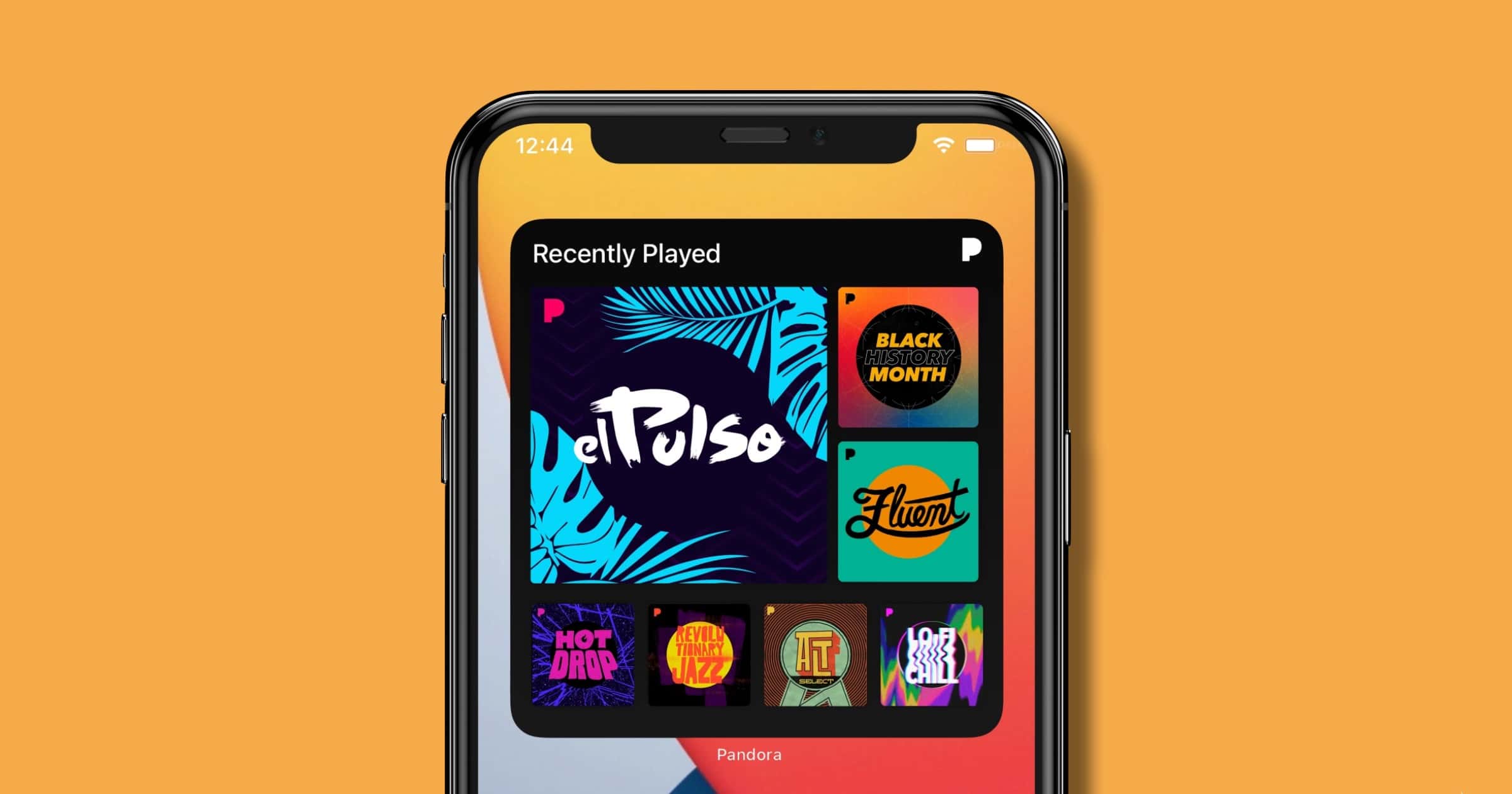

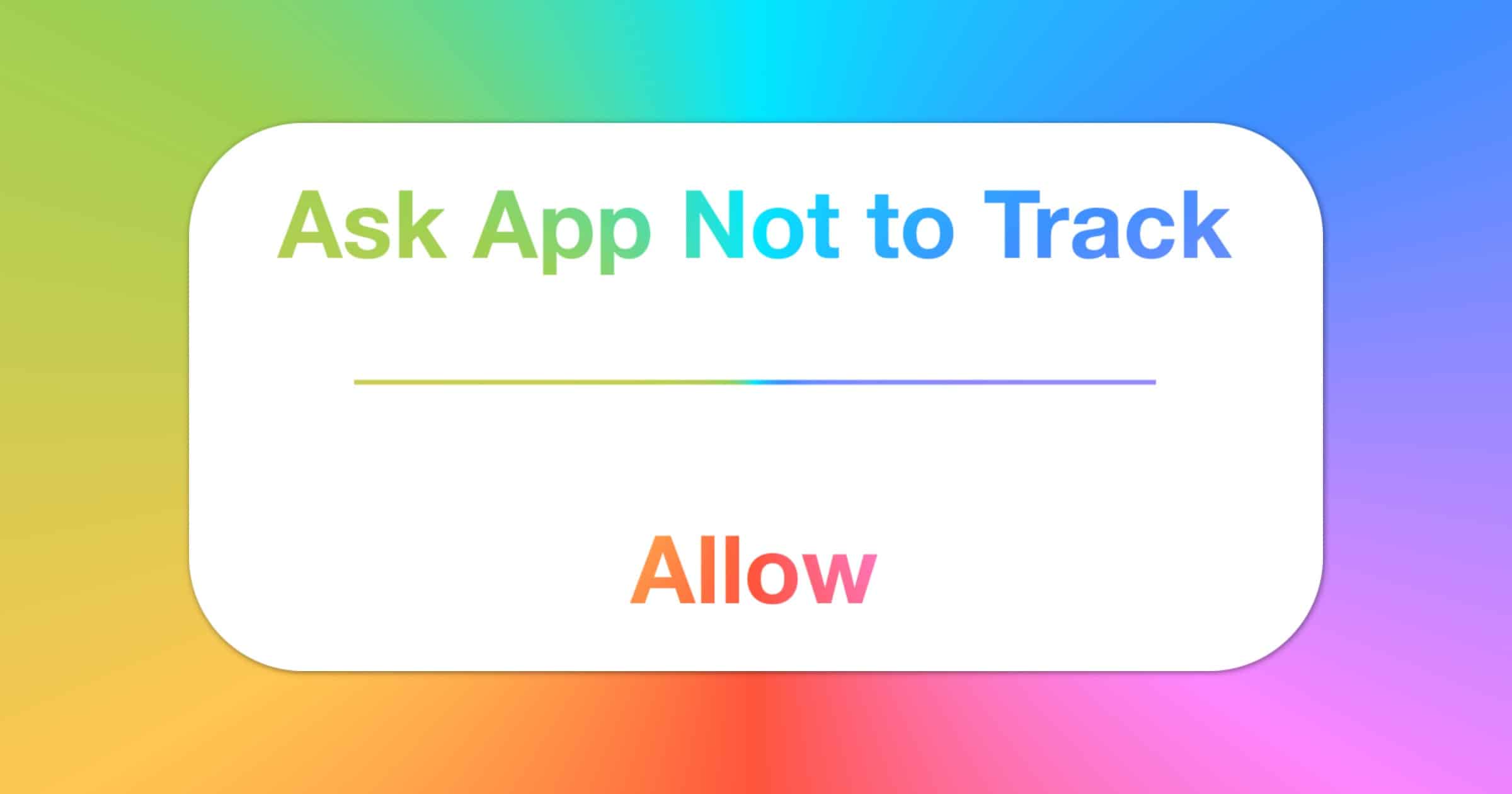
![[Updated] iOS 14.5, iPad OS 14.5 and Watch OS 7.4 Out Now](https://www.macobserver.com/wp-content/uploads/2021/04/iOS-14.5-mask-unlock.png)

